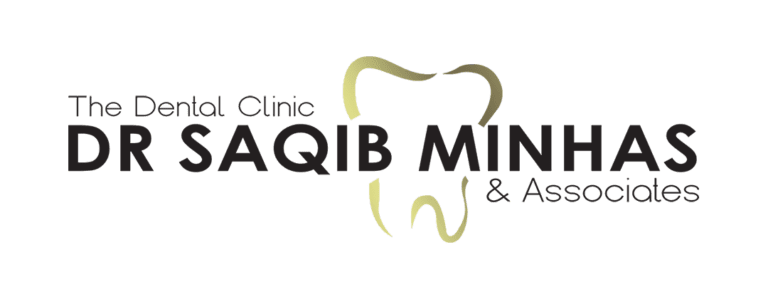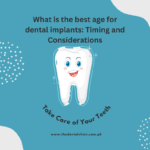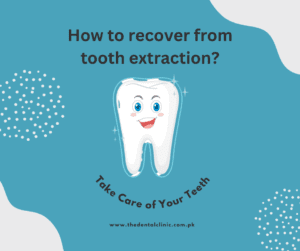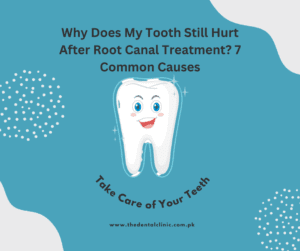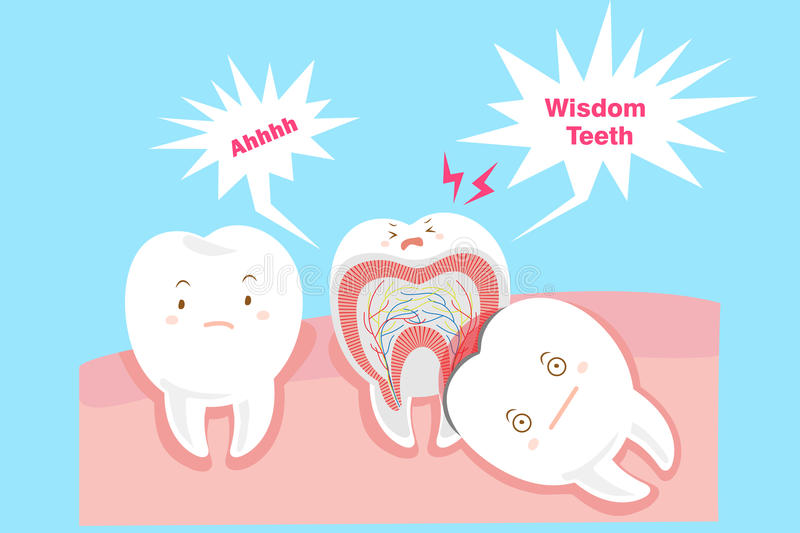
Wisdom Tooth Extraction: A Detailed Insight into a Routine Dental Procedure that is Feared by Many
Wisdom tooth extraction is a routine surgical procedure that is performed to remove the wisdom teeth. It is an outpatient procedure, i.e., you can go home on the same day as the procedure.
What You Need to Know About Wisdom Teeth Removal
Wisdom teeth are third molars that erupt between the ages of 17 and 25. They are the last permanent teeth to appear in the mouth.
When wisdom teeth do not have room to grow, they may result in pain, infection, swelling, as well as other dental issues. For this reason, wisdom teeth are often extracted.
In fact, most surgeons recommend extracting asymptomatic impacted wisdom teeth as well to prevent potential future problems.
Impacted wisdom teeth either erupt partially or not at all. They may:
- Grow at an angle toward the adjacent tooth (second molar)
- Grow at a right angle to the other teeth (horizontal position)
- Grow at an angle toward the back of the mouth
- Grow straight up or down like other teeth but remain trapped within the jaw.
Problems associated with impacted wisdom teeth include:
- Pain
- Gum disease
- Infection
- Food impaction
- Tooth decay
- Damage to the surrounding bone and adjacent tooth
- Formation of an eruption cyst
- Orthodontic treatment complications
Risks associated with wisdom tooth extraction:
Wisdom tooth extraction is a safe and routine dental procedure that does not harbor any serious long-term complications.
Some cases require more invasive surgery, including an incision in the gum and negligible bone removal to facilitate tooth removal.
Rare complications associated with the procedure include:
- Dry socket formation
- Bone exposure if blood clot from the surgical site is lost
- Damage to adjacent teeth, gums, nerves, jawbone, or sinuses
What to expect from the procedure
The surgery is performed under anaesthesia. Your surgeon may use one of three types of anaesthesia, depending on the individual’s needs as well as the complexity of the case.
The three options include:
- Local anaesthesia: Local anaesthesia is the most commonly employed type of anaesthesia for almost all dental procedures. It is administered with the help of one or more injections near the surgical site. Local anaesthesia only numbs the surgical site for a few hours. The patient stays awake during the procedure.
- Sedation anaesthesia: Sedation anaesthesia is administered in combination with local anaesthesia via an intravenous (IV) line in your arm. It suppresses consciousness during the surgery and is advised for patients who have
- General anaesthesia: The patient is unconscious under general anaesthesia. General anaesthesia is a combination of an analgesic (pain-relieving medication), an aesthetic (numbing agent), and a muscle relaxant. It is advised in very rare cases. Local anaesthesia is often given in combination with general anaesthesia to minimize post-op discomfort.
During the procedure, your dentist will first make an incision into the gum tissue and bone to expose the tooth. The bone is then removed to improve access to the tooth’s root. The tooth is then removed either in one whole piece or divided into sections.
Once the tooth has been removed, the extraction site is cleaned to clear the tooth socket of any remaining tooth or bone debris. The wound is then stitched up to promote healing. Gauze is placed over the tooth socket to stop bleeding and enable the formation of a blood clot.
After the procedure: Post-op instructions
After the surgery, you are required to follow a set of instructions.
- Bleeding: Avoid spitting in case of bleeding because it may dislodge the blood clot from the socket. Swallow the blood with the help of cold water and replace the gauze over the surgical site.
- Pain: Post-op pain is a common occurrence and easily manageable. An over-the-counter pain reliever or a prescribed painkiller from your dentist usually takes care of the situation. Apply a cold pack against your jaw for added pain relief.
- Swelling and bruising: Swelling is a normal part of healing and thus is nothing to worry about. Apply cold packs to reduce swelling and do warm salt water rinses to reduce inflammation. Swelling subsides in a few days. Bruising may take longer to resolve.
- Activity: Avoid strenuous activity for a few days following the surgery.
- Food and drinks: You are advised to only consume soft foods for the first 2 to 48 hours. Avoid hard, chewy, or spicy foods that may get stuck in the socket and irritate the wound. Drink lots of water following the procedure. Avoid alcoholic, caffeinated, hot, or carbonated beverages. Refrain from using a straw as the sucking action can dislodge the clot from the socket.
- Mouth cleaning: Avoid tooth brushing, rinsing, spitting, or using a mouthwash for the first 24 hours after the surgery. Resume brushing after 24 hours, but be sure to be careful near the surgical site. Rinse your mouth gently with warm salt water every few hours after meals for a week to reduce inflammation and promote healing.
- Tobacco: Avoid smoking for at least 72 hours after the surgery as tobacco delays healing and increases the risk of post-op complications.
Emergencies: When should you call the dentist?
There is always a risk of complications that may follow after the procedure, including infection, nerve damage, etc.
Contact your dentist immediately if you experience any of the following signs or symptoms:
- Difficulty swallowing or breathing
- Excessive bleeding
- Fever
- Severe pain unaffected by prescribed pain medications
- Swelling that worsens after a few days
- Persistent foul taste in your mouth
- Pus in the socket
- Persistent numbness
- Blood or pus in nasal discharge
At the Dental Clinic, our expert dental professionals prfioritize our patients’ comfort and satisfaction above everything else. Patients generally fear surgical procedures such as wisdom tooth extractions owing to dental anxiety as well as various misconceptions that surround the topic.
We aim to provide our patients with a pain-free and stress-free state-of-the-art experience. We ensure that our patients are provided with the best care by following international safety protocols and standards.
To gain a sound understanding of the procedures being performed, you are more than welcome to discuss your concerns with our experienced team of professionals. Book an appointment with our experts today.
